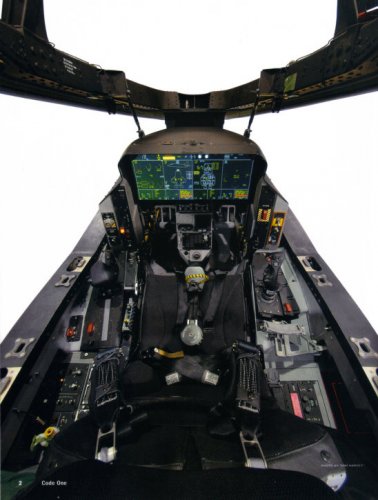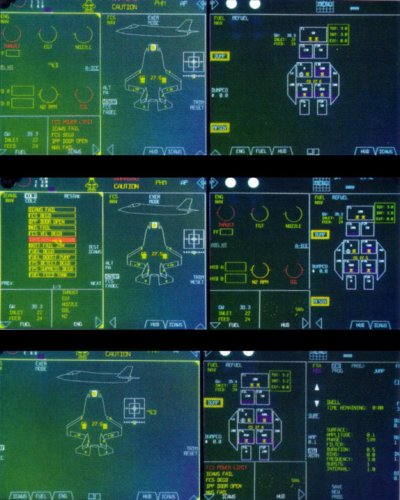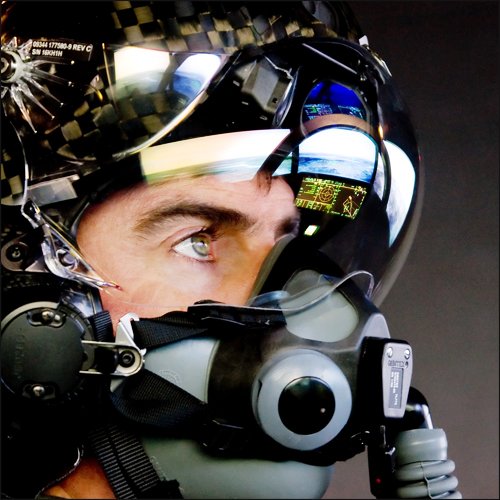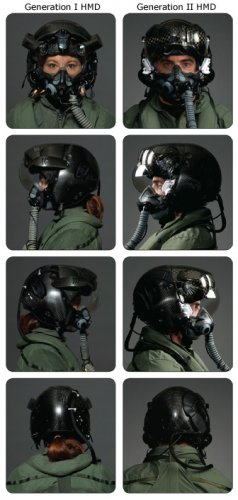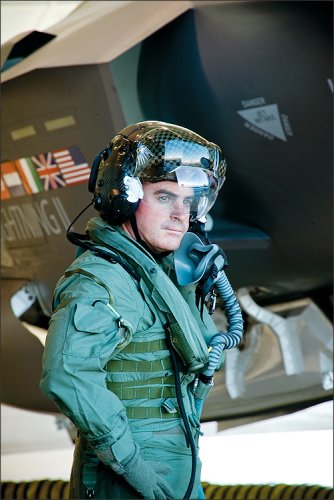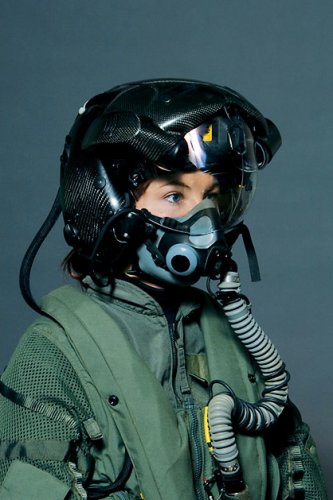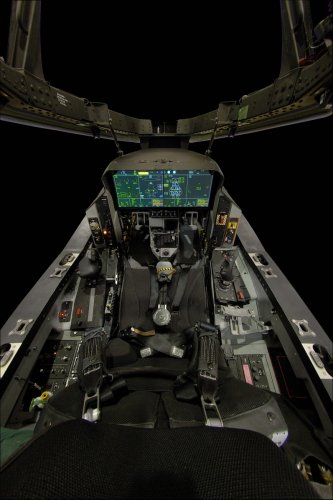You are using an out of date browser. It may not display this or other websites correctly.
You should upgrade or use an alternative browser.
You should upgrade or use an alternative browser.
F-35 JSF avionics
- Thread starter Matej
- Start date
Vadifon
ACCESS: Restricted
Probably very comfortable gun-mode
Sentinel Chicken
American 71 Heavy, contact departure 126.47
Is the absence of a HUD made up by use of a helmet-mounted sight like JHMCS?
- Joined
- 8 January 2006
- Messages
- 1,612
- Reaction score
- 762
Sentinel Chicken said:Is the absence of a HUD made up by use of a helmet-mounted sight like JHMCS?
But better, as well as a few other advanced, but well tested, items.
Vadifon
ACCESS: Restricted
just soSentinel Chicken said:Is the absence of a HUD made up by use of a helmet-mounted sight like JHMCS?
Sentinel Chicken
American 71 Heavy, contact departure 126.47
Can you elaborate a bit further (if possible)?elmayerle said:Sentinel Chicken said:Is the absence of a HUD made up by use of a helmet-mounted sight like JHMCS?
But better, as well as a few other advanced, but well tested, items.
I'd always wondered about the future of the HUD with items like the JHMCS coming into use.......
Scorpion82
ACCESS: Secret
- Joined
- 20 May 2006
- Messages
- 203
- Reaction score
- 377
F-35 pilots will wear the HMDS (Helmet Mounted Display System) not the JHMCS as it is used on current US aircraft.
Here a link to the helmet, which is more advanced than the current JHMCS:
http://www.vsi-hmcs.com/pages_hmcs/03a_f35day.html
Here a link to the helmet, which is more advanced than the current JHMCS:
http://www.vsi-hmcs.com/pages_hmcs/03a_f35day.html
From Code One magazine.
Source: http://www.codeonemagazine.com/gallery_slideshow.html?item_id=2
F-35 helmet-mounted display.
F-35 helmet-mounted display versions compairisons.
The helmet-mounted display system, or HMDS, displays head-steerable symbology, meaning the pilot's line of sight dictates the content that appears on the visor.
Source: http://www.codeonemagazine.com/gallery_slideshow.html?item_id=2
Attachments
From Code One magazine:
Source: http://www.codeonemagazine.com/gallery_slideshow.html?item_id=45
.The F-35 cockpit is also the first in a production fighter to use a virtual head-up display that projects information onto the pilot’s helmet visor. The new system, called a helmet-mounted display, or HMD, was switched on in March for the first time in F-35 laboratories where it projected symbology onto the visor by way of the actual F-35 vehicle-management and display-management computers. The HMD provides HUD information as though pilots are looking through an actual HUD no matter in what direction they turn their heads
Source: http://www.codeonemagazine.com/gallery_slideshow.html?item_id=45
Attachments
saintkatanalegacy
Little Miss Whiffologist
- Joined
- 31 March 2009
- Messages
- 718
- Reaction score
- 17
some HMD technicals...
http://www.secretprojects.co.uk/forum/index.php/topic,10517.0.html
http://www.secretprojects.co.uk/forum/index.php/topic,10517.0.html
From Code One magazine:
Source: http://www.codeonemagazine.com/article.html?item_id=2
The F-35 cockpit is a generation beyond preceding aircraft, as large liquid crystal touch-screen displays feature color-coded symbology, pictographs, and digital information. Also, the head-up display has been replaced by a helmet-mounted display as the primary flight reference.
Source: http://www.codeonemagazine.com/article.html?item_id=2
Attachments
Are there any information about chips used for the TR-2 and 3? It is quite well documented that up until TR-1 ICP was powered by Motorola/Freescale Power architecture based CPUs alongside Xilinx FPGAs and AMD GPUs.
The AMD GPU is still being used albeit customized on the TR-3 but I can't find any infos regarding other chips for the TR-2 and 3 ICP. As a matter of fact I barely have found any coverage regarding TR-2 for some reason.
I still think that the ICP would be fitted with Power architecture processor from NXP and FPGAs from Xilinx, since there aren't much choice when it comes to alternatives, especially since I don't think they would've went with x86 all of the sudden. I think this is especially true considering natice signal processing using Altivec, which they've been employing for quite a while now.
The AMD GPU is still being used albeit customized on the TR-3 but I can't find any infos regarding other chips for the TR-2 and 3 ICP. As a matter of fact I barely have found any coverage regarding TR-2 for some reason.
I still think that the ICP would be fitted with Power architecture processor from NXP and FPGAs from Xilinx, since there aren't much choice when it comes to alternatives, especially since I don't think they would've went with x86 all of the sudden. I think this is especially true considering natice signal processing using Altivec, which they've been employing for quite a while now.
Similar threads
-
-
F-4 Phantom II Avionics
- Started by overscan (PaulMM)
- Replies: 5
-
F-16 Avionics, Westinghouse AN/APG-66, AN-APG-68 radars
- Started by Pit
- Replies: 38
-
-

